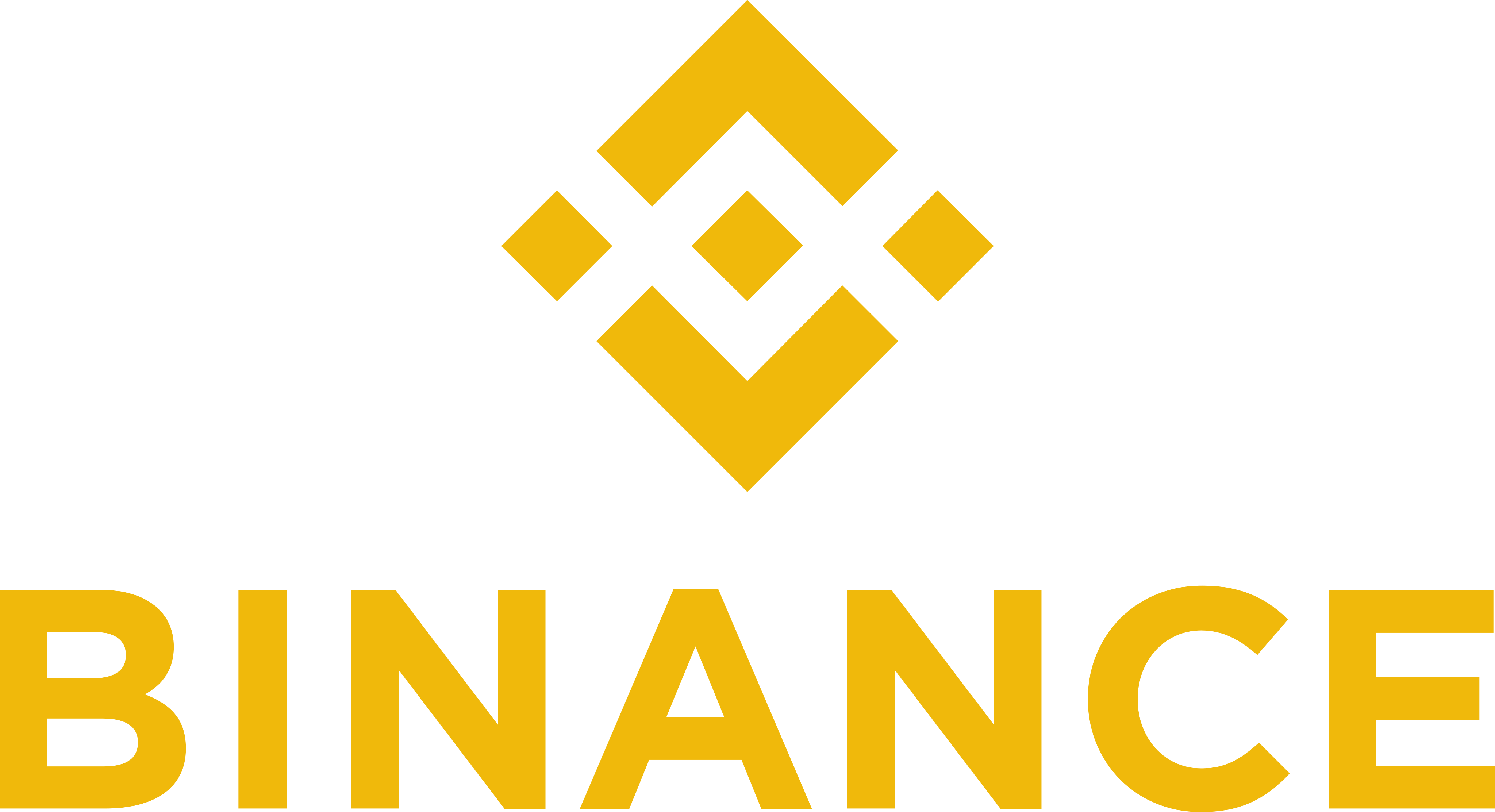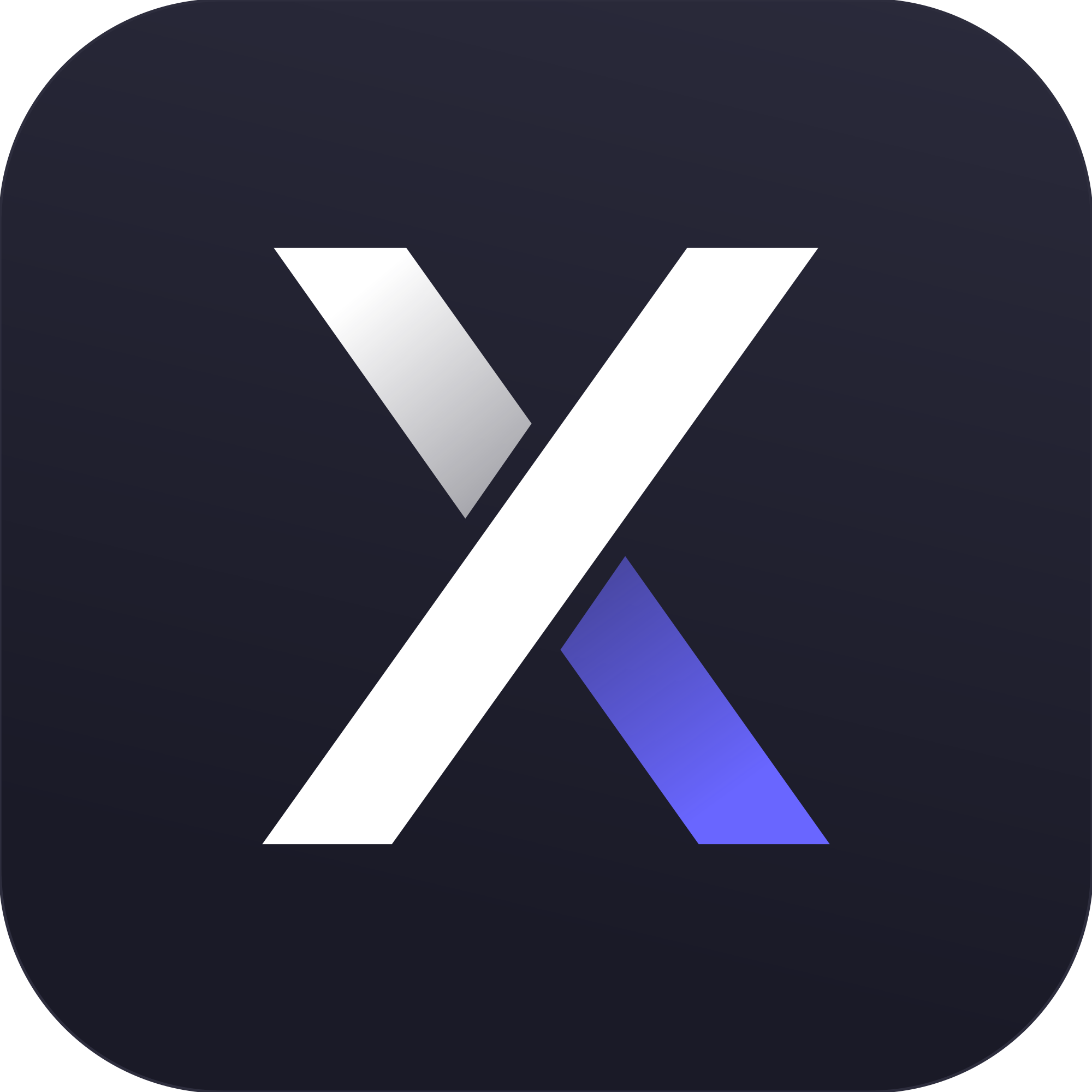Now that you know how to buy and secure crypto, the next step is learning how to use a crypto exchange. Whether you’re looking to trade, stake, or invest, understanding how exchanges work is essential. This guide will walk you through the types of exchanges, how to place a trade, and key security tips.
A crypto exchange is a platform where you can buy, sell, and trade cryptocurrencies. Think of it like a stock market but for Bitcoin, Ethereum, and altcoins.
Two Main Types of Exchanges:
✅ Easier to use with customer support.
✅ Accepts fiat deposits (USD, EUR, etc.) via credit cards and bank transfers.
✅ High liquidity = fast trades.
❌ Less secure because your crypto is stored on the platform.
| Platform | What is it? | Payment methods | Try it |
|---|---|---|---|
 |
Binance is one of the largest crypto exchanges in the world by trading volume. It offers a wide selection of cryptocurrencies and competitive trading fees. Binance has a beginner-friendly interface and also provides advanced tools for experienced traders. Tips : Binance offers a range of educational resources, making it great for beginners. It also has low transaction fees, but users should be aware of potential withdrawal fees. |
Credit/debit cards, bank transfers, PayPal (via third-party integration), and more. | Sign-up for Binance |
 |
Coinbase is another beginner-friendly exchange that is often recommended for people new to cryptocurrencies. It provides a simple interface for buying, selling, and storing crypto assets. Coinbase also has a separate platform, Coinbase Pro, which is more advanced and offers lower fees. Tips : Coinbase offers a Coinbase Earn feature that allows users to earn small amounts of crypto by watching educational videos. |
Credit/debit cards, bank transfers, PayPal, and more. | Sign-up for Coinbase |
 |
Kraken is known for its high security standards and wide variety of cryptocurrencies. It is also beginner-friendly, though it offers more advanced trading features as users gain experience. Kraken supports both fiat-to-crypto and crypto-to-crypto trading. Tips : Kraken also offers staking for several cryptocurrencies, allowing users to earn rewards on their holdings. It’s a good platform for those looking to grow their crypto holdings passively. |
Bank transfers, credit cards, and even PayPal in some regions. | Sign-up for Kraken |
| KuCoin is a popular exchange for altcoins (alternative cryptocurrencies) and has a strong reputation for its wide selection of coins. It offers competitive trading fees and also supports margin trading and futures trading. Tips : KuCoin’s referral program allows users to earn commissions by inviting friends. |
Credit/debit cards, bank transfers, and third-party payment processors. | Sign-up for KuCoin |
✅ No middleman – You trade directly from your own wallet.
✅ Better privacy – No need for KYC (ID verification).
✅ More control over your funds.
❌ Can be harder to use for beginners.
❌ Liquidity & trading volume may be lower than CEXs.
💡 Pro Tip: Beginners should start with CEXs for convenience, then explore DEXs once comfortable.
| Platform | What is it? | Payment methods | Try it |
|---|---|---|---|
 |
Uniswap is a decentralized exchange (DEX) built on the Ethereum blockchain. It allows users to trade ERC-20 tokens without relying on a centralized authority. Uniswap uses an automated market maker (AMM) system, meaning liquidity is provided by other users. Tips : Uniswap is ideal for users looking to trade Ethereum-based tokens, but gas fees on the Ethereum network can be high, so be mindful of transaction costs. |
Ethereum-based assets (ETH, stablecoins, ERC-20 tokens) via MetaMask or other wallet integrations. | Try Uniswap |
 |
PancakeSwap is a decentralized exchange (DEX) on the Binance Smart Chain (BSC). Similar to Uniswap, PancakeSwap uses an AMM system to allow users to trade BEP-20 tokens, typically with lower fees than Ethereum-based platforms. Tips : PancakeSwap is great for users looking to trade on the Binance Smart Chain, with much lower transaction fees than on Ethereum, but it primarily supports BSC-based tokens. |
Binance Coin (BNB), BEP-20 tokens, and other Binance Smart Chain assets via MetaMask or other BSC-compatible wallets. | Try PancakeSwap |
 |
dYdX is a decentralized exchange focused on advanced trading features like margin trading, derivatives, and perpetual contracts. Built on the Ethereum blockchain, it provides a platform for professional traders to access sophisticated crypto trading tools. Tips : dYdX is ideal for experienced traders who want to leverage margin trading or trade perpetual contracts, but it requires a more advanced understanding of crypto trading. |
Ethereum-based assets (ETH, stablecoins, ERC-20 tokens) via MetaMask or other wallet integrations. Requires higher gas fees for some transactions. | Try dYdX |
If you’re using a centralized exchange (CEX) like Binance or Coinbase, follow these steps:
🔹 Sign up with email & password.
🔹 Complete KYC verification (upload ID for security & higher withdrawal limits).
To start trading, you need to fund your account:
✔ Fiat Deposit – Use a bank transfer, credit card, or PayPal.
✔ Crypto Deposit – Transfer crypto from another wallet.
Cryptos trade in pairs (e.g., BTC/USDT, ETH/EUR).
🔹 If you deposited USD, look for BTC/USD to buy Bitcoin.
🔹 If you already own USDT (Tether), you can trade BTC/USDT, ETH/USDT, etc.
There are three main types of orders:
| Order Type | What It Does | Best For |
|---|---|---|
| Market Order | Buys/sells instantly at current price | Beginners, fast trades |
| Limit Order | Buys/sells at your chosen price | Controlling price & saving fees |
| Stop-Loss Order | Sells if price drops below a set level | Protecting against losses |
💡 Example: If Bitcoin is $40,000 and you want to buy at $38,000, use a limit order.
🔹 Once you’ve bought crypto, don’t leave large amounts on exchanges.
🔹 Withdraw your funds to a private wallet (hardware or software) for better security.
Exchanges charge fees for trading and withdrawals. Here’s what you need to know:
💡 Tip: Use limit orders and exchange-native tokens (like Binance’s BNB) to reduce fees.
| Feature | Centralized Exchange (CEX) | Decentralized Exchange (DEX) |
|---|---|---|
| Ease of Use | ✅ Beginner-friendly | ❌ More complex |
| Security | ❌ Less secure (exchange holds funds) | ✅ More secure (you control funds) |
| Privacy | ❌ KYC required | ✅ No KYC needed |
| Speed | ✅ Fast transactions | ⚠️ Can be slower |
| Liquidity | ✅ High (good for big trades) | ❌ Lower |
For beginners: Start with CEXs for easy trading. Once experienced, explore DEXs for privacy & control.
Final thoughts: Choose the right exchange based on your experience (CEX for beginners, DEX for advanced users), understand trading pairs, order types, and fees, and always prioritize security by withdrawing large amounts to a private wallet before exploring advanced trading strategies.